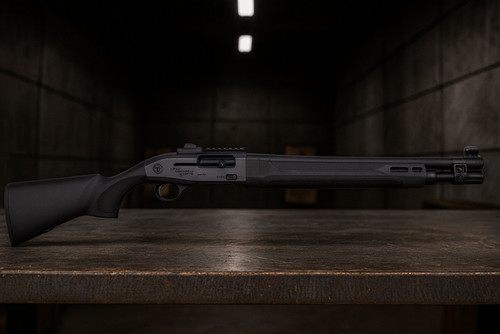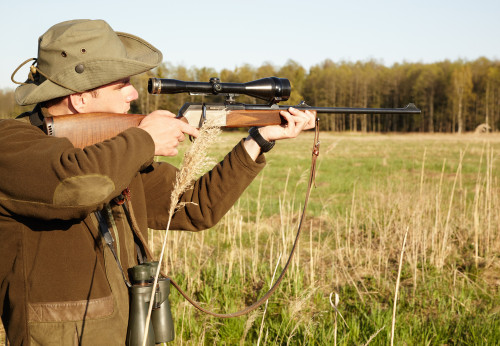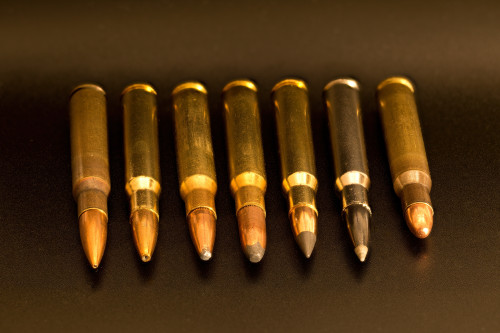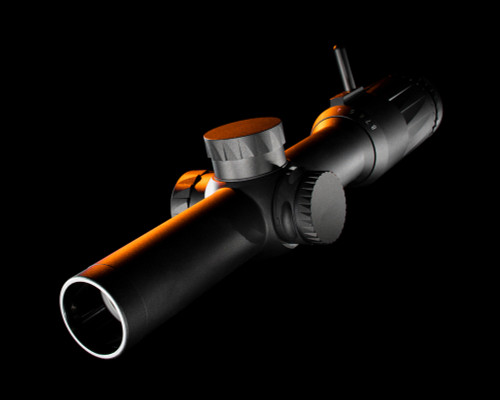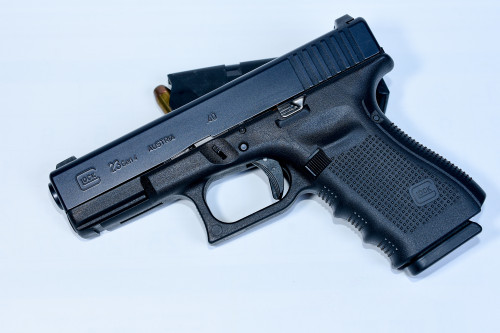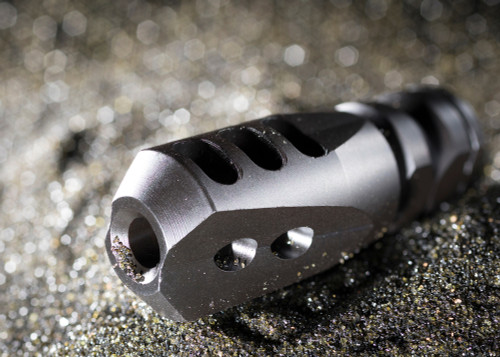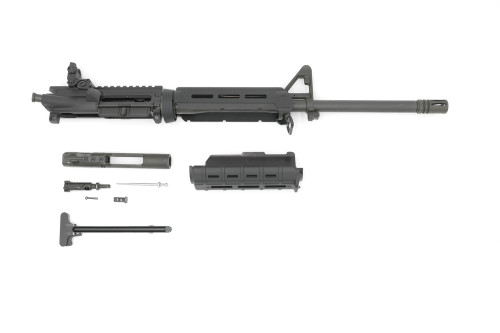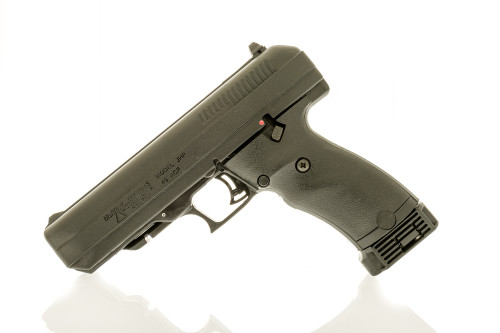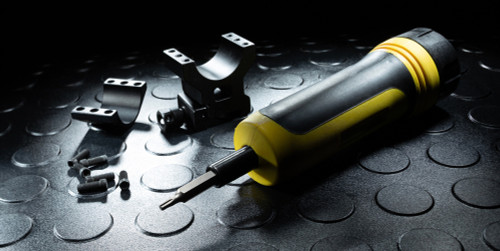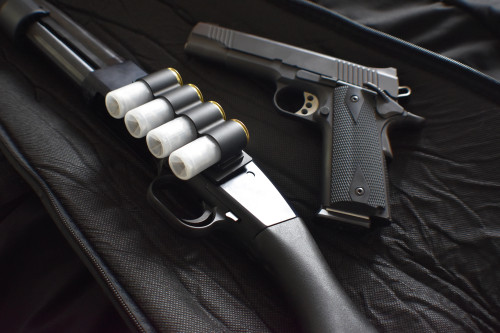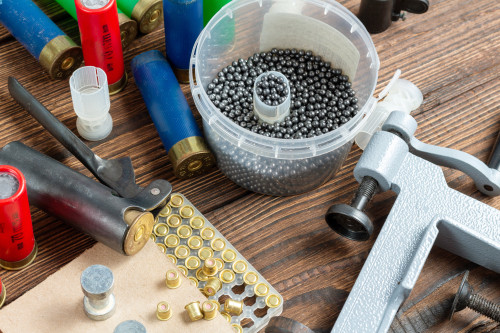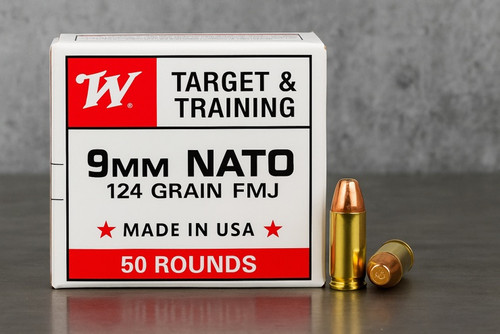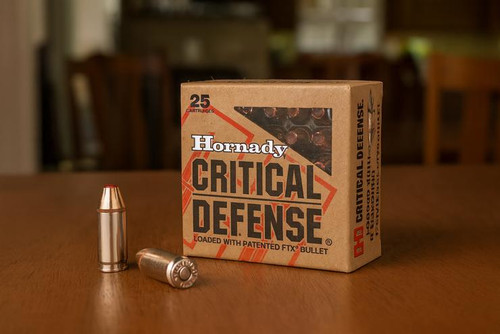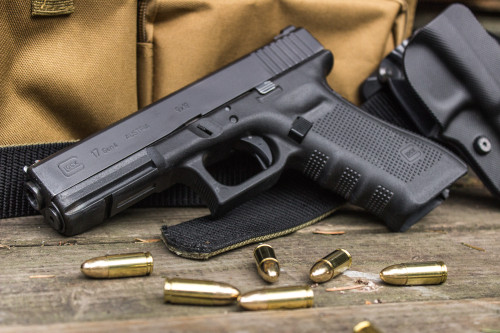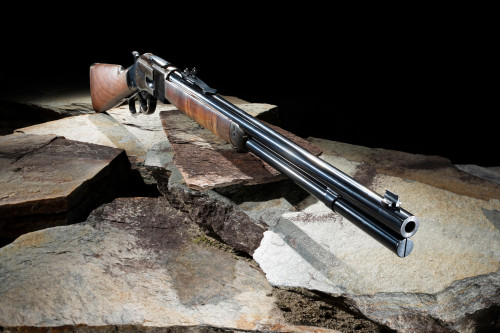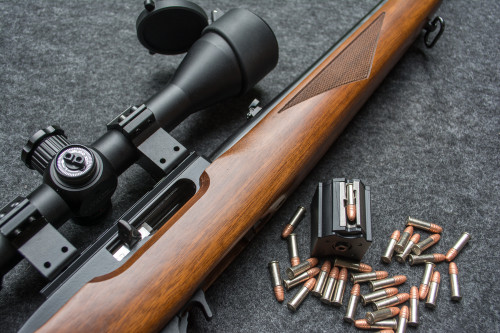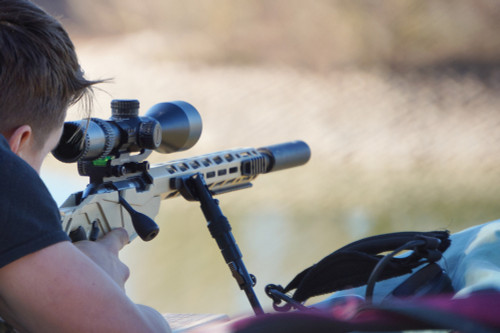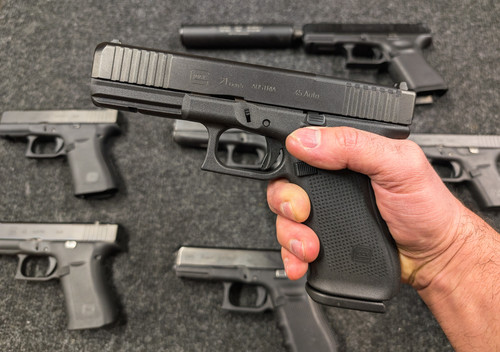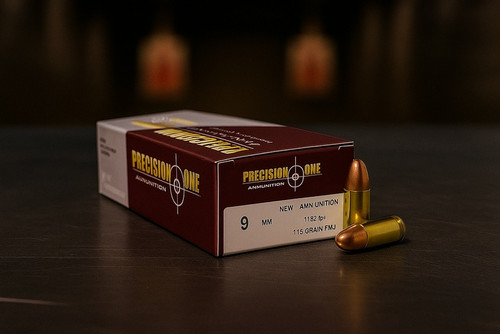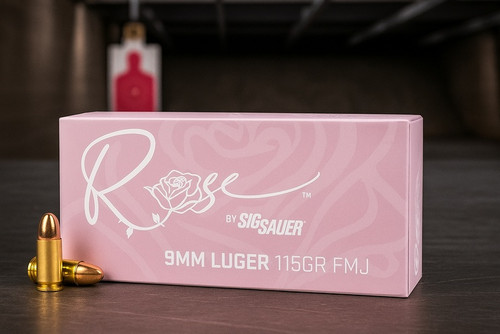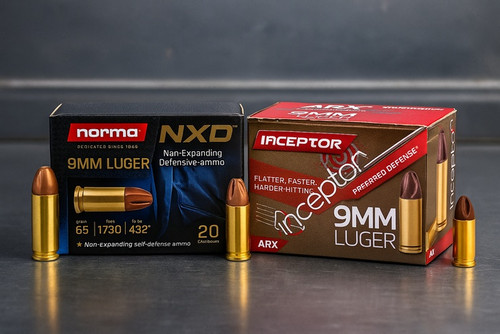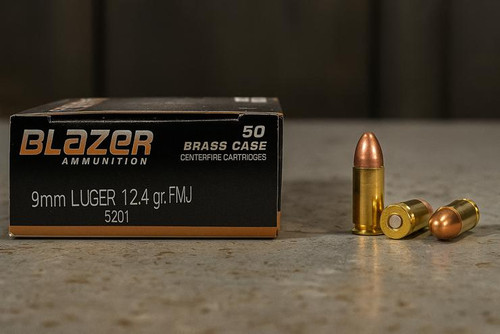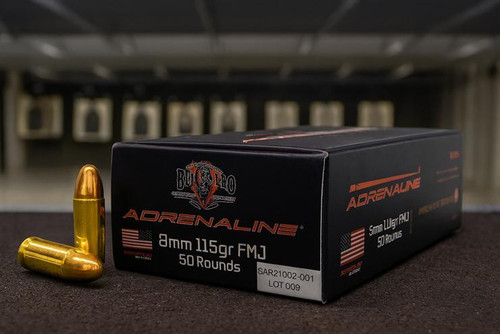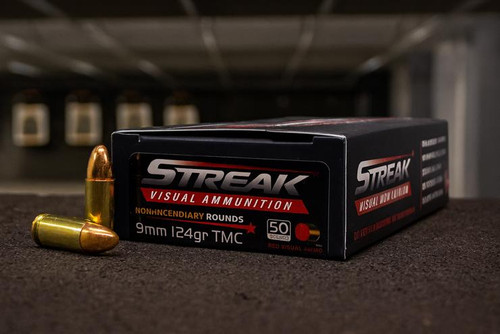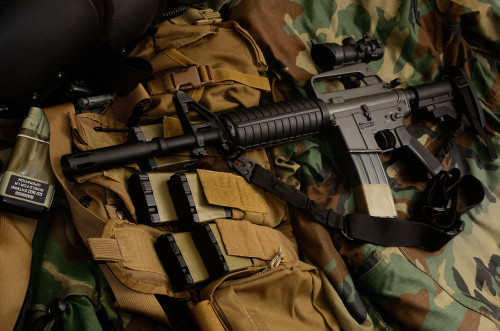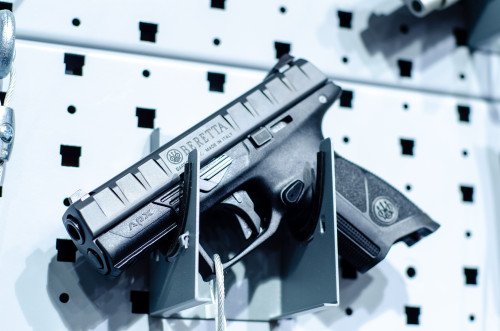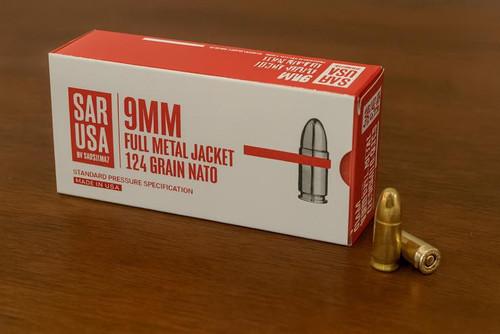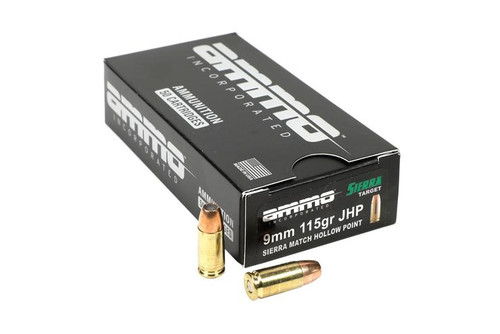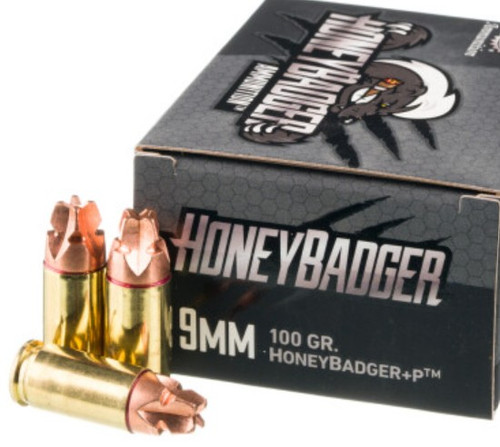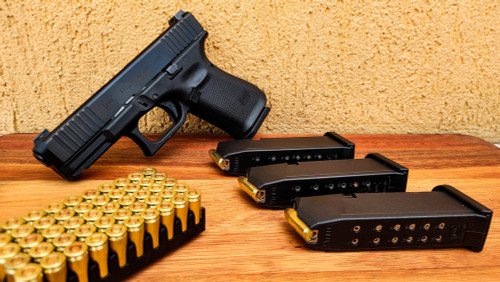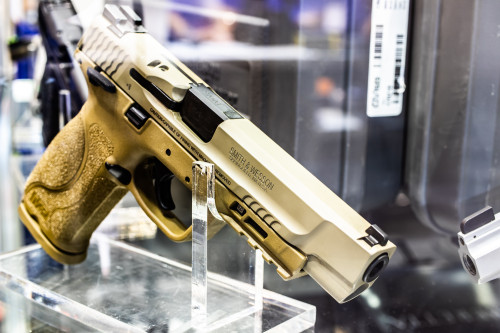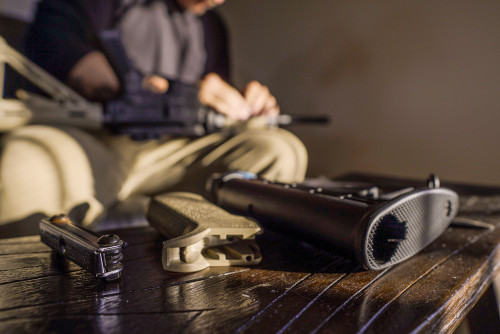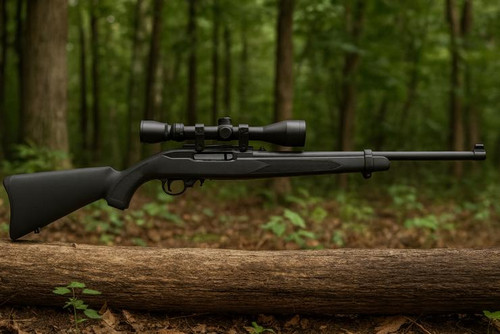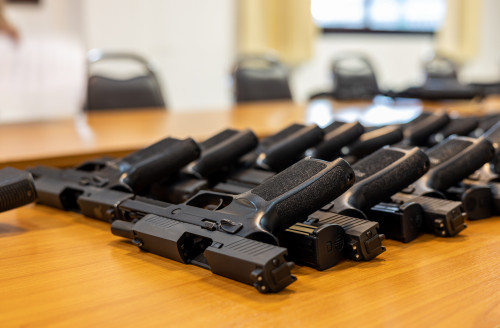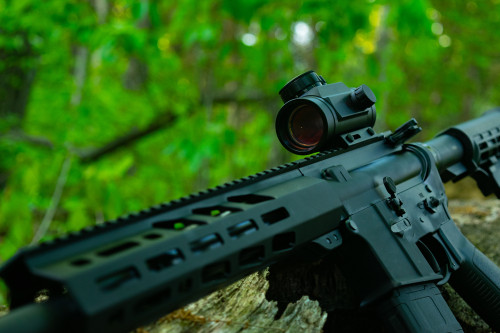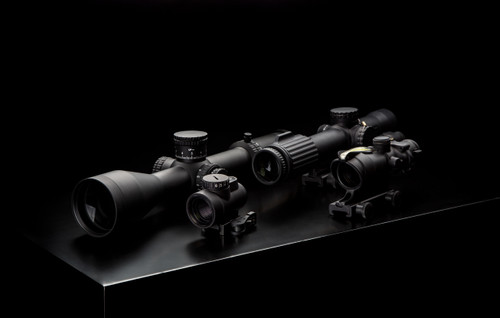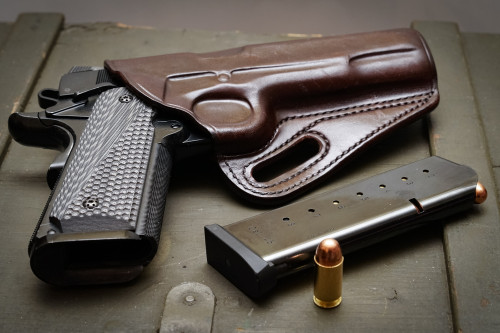Quick Answer
- Lancer AWM: Best standard magazine with translucent body and steel feed lips
- Magpul PMAG Gen M3: Most trusted polymer option with proven track record
- Magpul D-60: Best drum magazine with 60-round capacity in a compact design
- SureFire 60-Round: Best high-capacity option that's easier to carry than drums
- Hexmag Series 2 10/30: Excellent option for capacity-restricted states
- Magpul 10-Round PMAG: Best compact mag for bench shooting or ban states
Key Takeaways
- Quality magazines are essential - even the best AR is useless with bad mags
- Look for steel feed lips (Lancer) or proven polymer designs (Magpul)
- Always test new magazines before trusting them for defense
- Own both polymer and metal mags for different situations
- Stock up - magazines are consumable items that wear out with use
- Label magazines if you use different ammunition types
So you've got your AR-15, but now you need magazines – and not just any magazines, but ones that won't let you down when it counts. Good news! I've put together this guide to help you find the best AR-15 magazines across all capacity ranges.
Magazines might seem simple, but they're actually one of the most critical components in your firearm system. A bad magazine can turn even the most expensive AR into nothing more than an awkward paperweight.
In this guide, you'll discover the top AR magazines for standard capacity, high-capacity, and restricted state options. I'll share what makes each one stand out, how to test them, and even how to customize them for your specific needs.
How We Tested and Chose the Best AR-15 Magazines
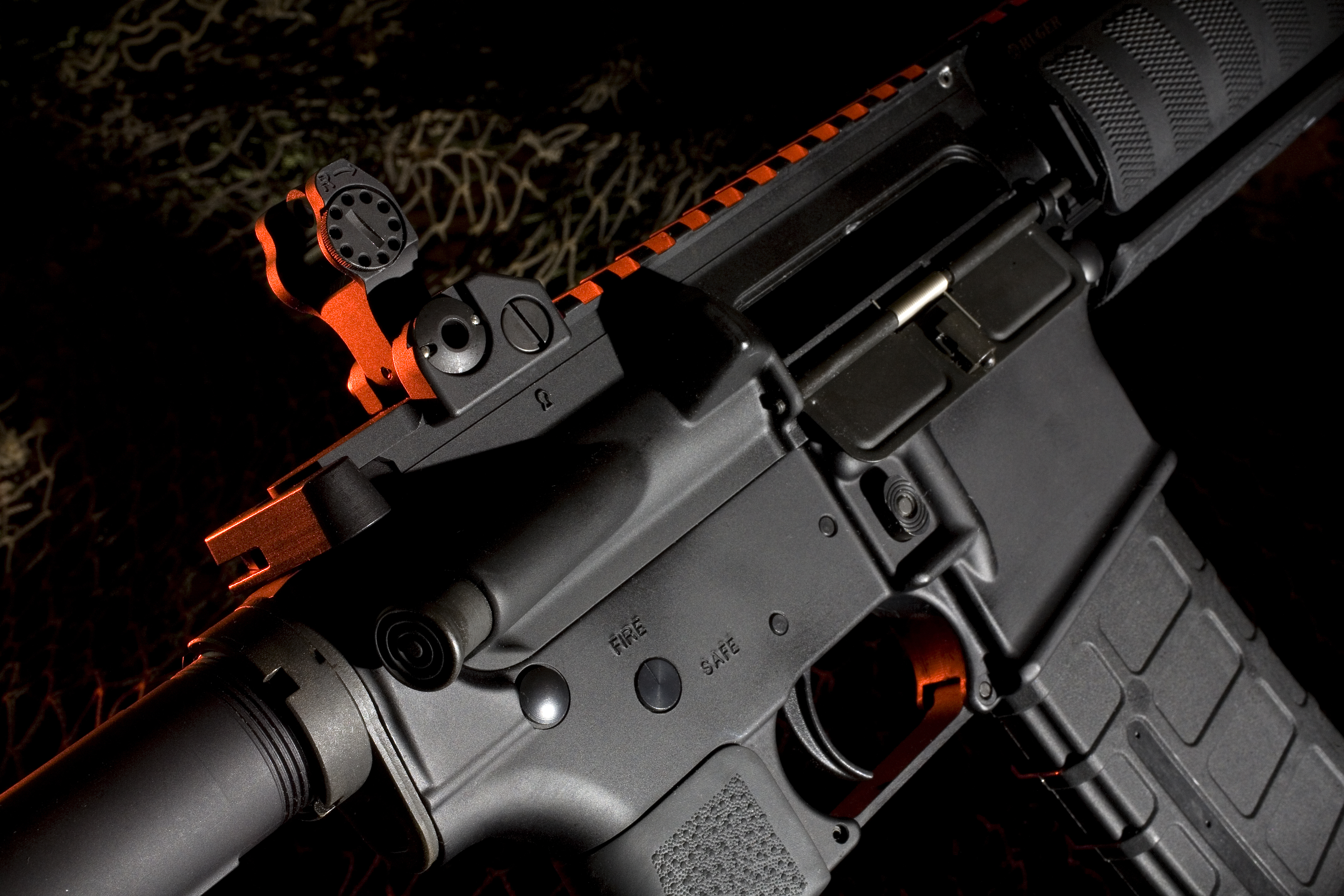
Picking the right magazine isn't just about looks or brand names. Each recommendation comes from exhaustive research based on several factors:
- Feed Consistency: Does it feed rounds smoothly without hiccups?
- Drop Tests: Can it survive falls onto hard surfaces?
- Compatibility: Works with various AR platforms without modification?
- Real-World Use: Performance under actual field conditions
Our research includes feedback from military veterans, competitive shooters, and everyday AR owners who've put these magazines through thousands of rounds of use.
Modern sporting rifles like the AR-15 have been popular among American gun owners since the 1960s. It serves various legitimate purposes from home defense to competitive shooting. As the National Shooting Sports Foundation notes, these rifles are functionally similar to other semi-automatic firearms despite cosmetic differences that sometimes lead to misunderstandings.
Top Standard Capacity AR-15 Magazines (30-Round Picks)
1. Lancer Systems AWM (Advanced Warfighter Magazine)
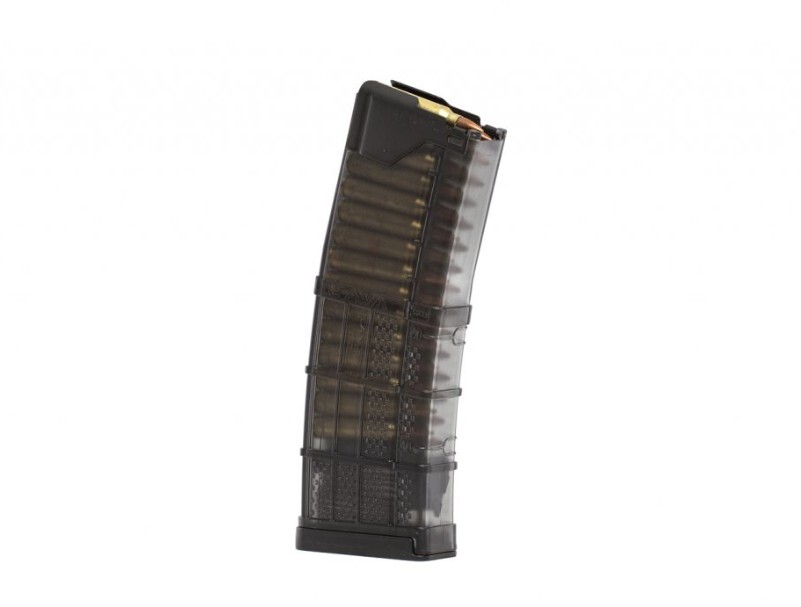
The Lancer AWM represents the best of both worlds in magazine design. Its body is made from tough polymer, but the feed lips – the most critical part of any magazine – are constructed from hardened steel. This hybrid approach gives you the lightweight benefits of polymer with the added strength of metal where it matters most.
What makes these magazines really stand out is the translucent design. You can see exactly how many rounds you have left without guessing or counting shots. And unlike windowed magazines that only show a small section, the entire magazine body lets you see your ammo status from almost any angle.
The Lancer AWM comes in several colors, including clear, smoke, and various solid options if you prefer to color-code your magazines for different ammo types. They've gained a strong following among serious AR users who need dependable performance without added weight.
These mags have a steel band molded into the polymer body at the feed lips. That band makes them tougher and helps stop them from bending out of shape, even if you leave them full for a long time. In rare cases, if you smack the bottom really hard, a round can pop out. It doesn’t happen often, and it doesn’t mess with the mag’s function in any big way.
Price: $14
Features:
- Translucent polymer body for instant ammo checks
- Hardened steel feed lips for exceptional durability
- Available in 5, 10, 20, and 30-round capacities
- Compatible with most AR-15 platforms
- Non-tilt follower design for smooth feeding
Pros:
- Hybrid design combines best aspects of polymer and metal
- See all rounds through the magazine body
- Feeds smoothly and consistently
- Steel feed lips resist deformation
- Textured body for secure handling
Cons:
- Rounds can occasionally dislodge if slammed too hard
- Slightly heavier than all-polymer options
- More expensive than basic aluminum mags
2. Magpul PMAG Gen M3 (Standard 30-Round Magazine)
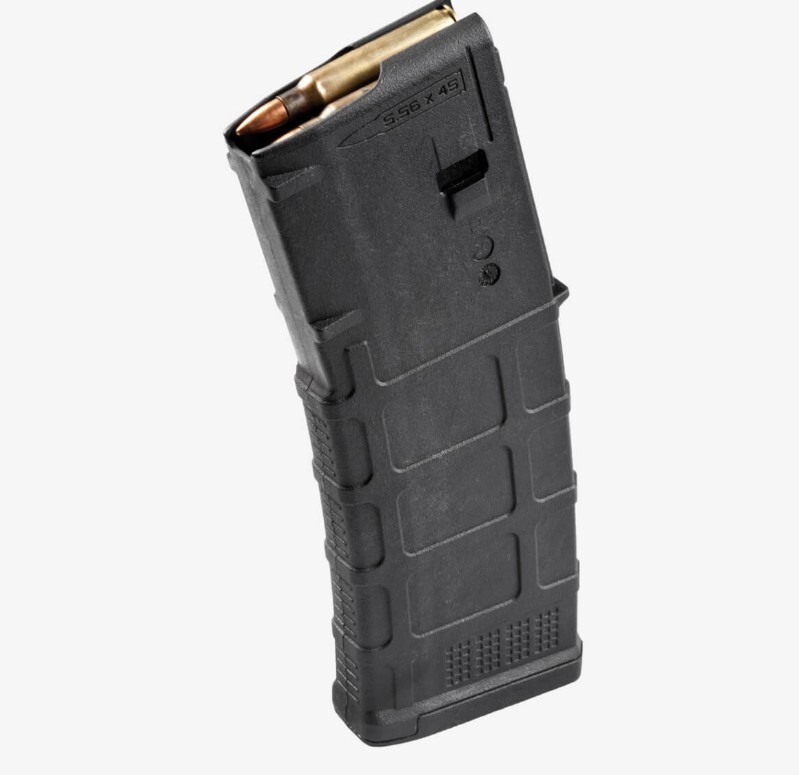
The Magpul PMAG needs little introduction – it's become the gold standard for polymer AR magazines. The Gen M3 version represents years of refinement and addresses feedback from military users. It creates an even more robust magazine than the already excellent Gen M2.
What sets the M3 apart from earlier generations are subtle but important improvements: enhanced geometry for better compatibility with international platforms like the HK416, a stronger floor plate design, and an improved follower. The dust cover that comes with each magazine actually serves a purpose too – it helps prevent debris from getting inside during transport.
For those who want to keep track of ammo capacity, Magpul offers windowed versions that let you quickly check your approximate round count. The small window shows the last 5-10 rounds. For this reason it gives you a heads-up when it's time to reload.
Magpul says these mags run very smoothly. If something jams, it’s usually bad ammo or gun parts—not the mag.
The Gen M3 also has an over-travel stop. In rare cases, that stop can catch in certain billet lowers like POF, Noveske, or Spike Tactical. It might bind or stop the mag from seating right. But this happens with less than one percent of lowers.
Price: $12–$15
Features:
- Impact and crush-resistant polymer construction
- Anti-tilt, self-lubricating follower
- Constant-curve internal geometry for smooth feeding
- Optional windowed version for round counting
- Dot matrix panels for magazine marking
Pros:
- Extremely affordable given the quality
- Widely available almost everywhere
- Compatible with most AR platforms
- Window option helps with ammo management
- Proven in military and civilian use
Cons:
- Gen M3 may not fit perfectly in some older magazine wells
- Windowed version costs a few dollars more
- Not the slimmest magazine option available
Top High-Capacity Magazines for AR-15
3. Magpul PMAG D-60 Drum Magazine
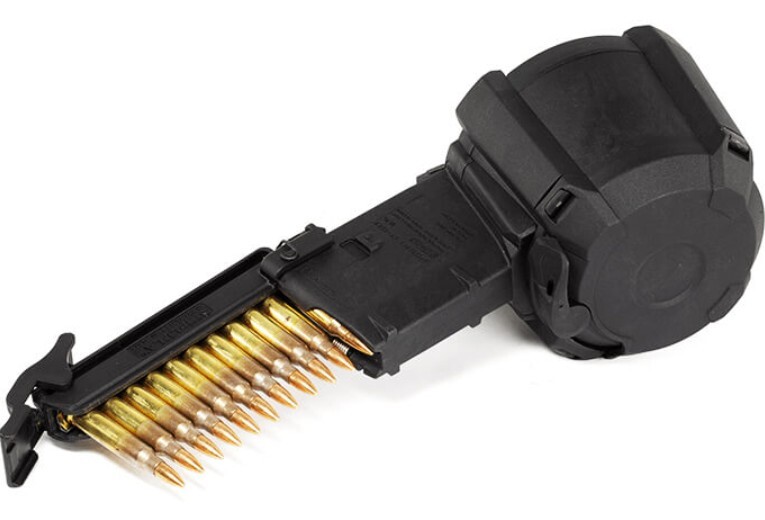
When standard 30-round magazines just aren't enough, the Magpul D-60 drum steps up to the plate. This behemoth holds a full 60 rounds of 5.56/.223 ammunition in a relatively compact drum format. It lets you shoot longer between reloads.
Unlike other drum magazines that can be finicky, the D-60 maintains Magpul's reputation for outstanding quality and function. The drum includes a ratcheting loading lever that makes filling it much easier than you might expect, though it still takes time to load all 60 rounds.
Most people agree the D-60 runs strong and holds up well, but loading it can feel like a pain in the rear without tools. The tight spring and the loading lever design make it a chore sometimes.
There have been some reports of lever problems that stop the mag from releasing or cause misfeeds. But when used right, it still works solid overall.
In one big test, over a thousand rounds fired in a month and it didn’t fail once. That shows how tough it can be, though it does get heavy at around 2.8 pounds when full.
The downside to all this capacity is bulk and weight. The D-60 works great as your first magazine in the gun for range days or competitions, but it's not something you'll want to carry extras of on your belt or in a chest rig. Think of it as your primary magazine with standard capacity spares for reloads.
Price: $114
Features:
- 60-round capacity in a drum format
- Ratcheting loading tool included
- Transparent rear window to verify round count
- Compatible with standard AR-15 lower receivers
- Made from the same polymer as standard PMAGs
Pros:
- Double the capacity of standard magazines
- Far more compact than two 30-round magazines
- Exceptionally good feeding
- Built to Magpul quality standards
- Includes round count indicator
Cons:
- Heavy when fully loaded
- Takes time to fill completely
- Expensive compared to standard mags
- Too bulky for most magazine pouches
4. SureFire 60-Round "Coffin" Magazine
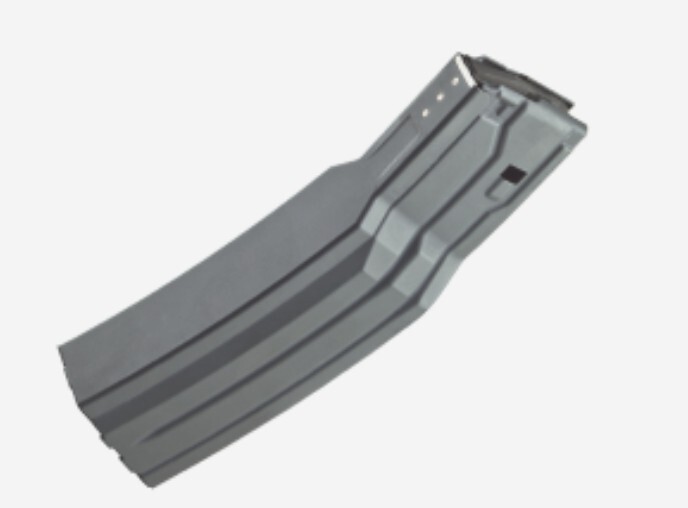
SureFire took a different approach to high-capacity AR magazines with their 60-round "coffin" design. Instead of a drum, they created a quad-stack magazine that starts wider at the top but narrows to a standard magazine width at the bottom. It gives it a coffin-like shape.
This unique design addresses the biggest drawback of drum magazines: carry convenience. The SureFire mag will fit in some double-magazine pouches. It makes it much easier to carry spare mags compared to drums. It also gives you a lower profile when shooting from prone positions.
The quad-stack layout makes it easier to carry than drums, and some people like the slimmer profile it gives when lying prone.
But it doesn’t feed as consistently as the Magpul D-60. The more complex quad-stack setup sometimes causes hiccups, even though most experiences are positive.
Though the quad-stack design is innovative, it doesn't quite match the Magpul drum for feeding consistency. Most users report good experiences, but the complex staggered feeding system occasionally causes hiccups that you won't see with simpler magazine designs.
Price: $135
Features:
- 60-round capacity in a quad-stack design
- Fits better in tactical gear than drum magazines
- Aluminum construction with steel springs
- Works with standard AR-15 lower receivers
- Lower profile than drum magazines
Pros:
- Easier to carry than drum magazines
- Maintains lower profile for prone shooting
- Holds as many rounds as drum magazines
- Can fit in some double magazine pouches
- Made from durable aluminum
Cons:
- Higher cost than most magazines
- Less feeding consistency than Magpul drum
- Heavier than standard magazines
- Cannot see remaining rounds
Top Low-Capacity Magazines (10- and 15-Round Picks)
5. Hexmag Series 2 10/30 & 15/30 Magazines
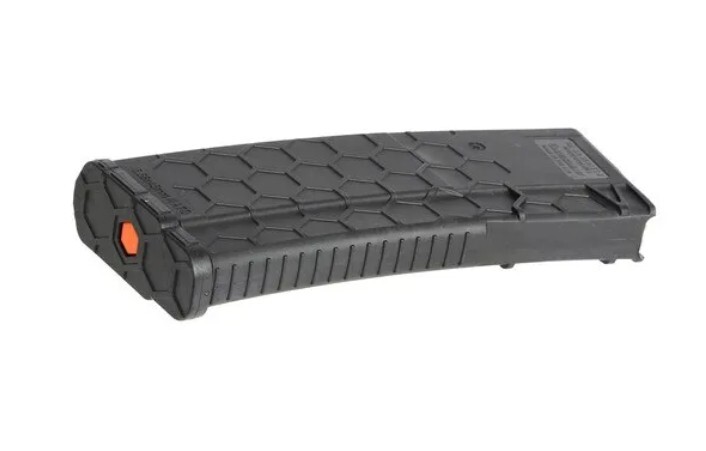
For AR owners in states with magazine capacity restrictions, Hexmag offers an excellent solution. Their 10/30 and 15/30 magazines look and feel like standard 30-round magazines but are permanently limited to hold only 10 or 15 rounds to comply with local laws.
The Series 2 version represents an important upgrade over earlier Hexmags. The company redesigned the feed lips and follower to address occasional feeding issues reported with the first generation. The result is a much more consistent and trustworthy magazine.
The Series 2 feed lips and geometry are much better, giving performance and fit on par with PMAGs. Unlike the old Gen 1 mags, no repeating feed lip problems have shown up.
Owners and reviews say these mags feed smooth and fit well. The built-in limiter also makes it easy to take apart for cleaning or to convert but only where local laws allow, of course.
These magazines give restricted-state shooters the same ergonomics and handling as standard capacity magazines without running afoul of local regulations. The full-size body also makes prone shooting more comfortable than with truly compact magazines.
Price: $9–$12
Features:
- Full 30-round magazine body with internal capacity limiter
- Textured surface for secure handling
- Tool-less disassembly
- Available in multiple colors for ammo type identification
- Compatible with most AR-15 platforms
Pros:
- Legal in capacity-restricted states
- Maintains full-size grip and handling
- Affordable option for ban-state shooters
- Textured surface prevents slipping
- Corrosion-resistant polymer construction
Cons:
- Cannot be easily converted to full capacity in some states
- Early generation feed lips had occasional issues
- Heavier than dedicated 10-round magazines
- May confuse users who also have full-capacity magazines
6. Magpul PMAG 10-Round Magazine
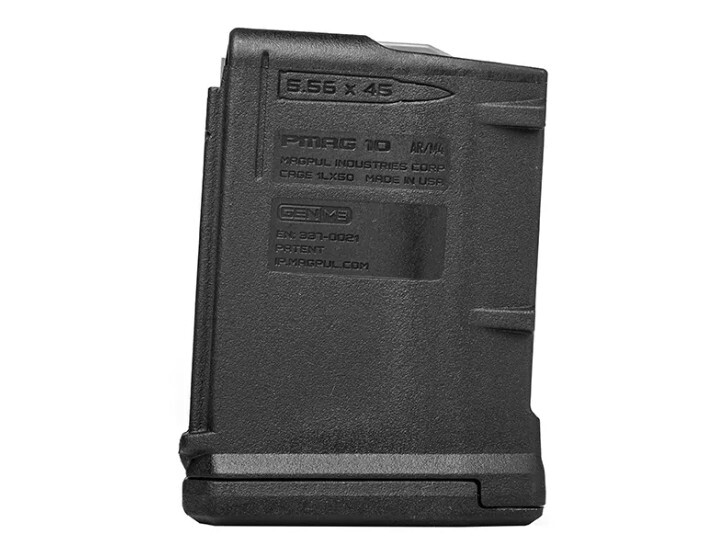
Not everyone needs or wants 30-round magazines. The Magpul 10-Round PMAG offers a compact option that's perfect for precision shooting, bench work, or compliance with state laws limiting magazine capacity.
Despite its smaller size, this magazine contains all the same quality features as its larger siblings. The anti-tilt follower, constant-curve geometry, and durable polymer construction remain intact. The only difference is the shorter body and reduced capacity.
For shooters who spend time at the bench or shooting prone, the 10-round magazine provides a major advantage. The shorter body doesn't get in the way when the rifle is resting on a surface. It allows for more stable shooting positions that aren't possible with full-size magazines.
It’s legal in most states with magazine restrictions, but always double-check your local laws. Some states, like Colorado, New Jersey, and New York, may not allow modified or pinned mags such as 10/30 models.
Price: $14
Features:
- Compact 10-round capacity
- Same quality construction as larger PMAGs
- Anti-tilt follower design
- Impact-resistant polymer body
- Compatible with all AR-15 platforms
Pros:
- Low profile for bench and prone shooting
- Legal in all states with magazine restrictions
- Same quality as standard Magpul magazines
- Lightweight and compact
- Perfect for precision shooting
Cons:
- Limited to 10 rounds
- Requires more frequent reloading
- Similar price to 30-round versions
- Less suitable for defensive applications
AR-15 Magazine Comparison Table
| Magazine Model | Capacity | Material | Unique Features | Approx. Price (USD) |
|---|---|---|---|---|
| Lancer AWM | 30 rounds | Polymer w/ steel feed lips | Translucent body, steel lips, color options | $14 |
| Magpul PMAG Gen M3 | 30 rounds | Polymer | Optional window, self-lubricating follower | $12–$15 |
| Magpul D-60 | 60 rounds | Polymer (Drum) | Ratcheting loader, compact drum size | $114 |
| SureFire 60-Round | 60 rounds | Aluminum | Quad-stack coffin shape, low prone profile | $135 |
| Hexmag Series 2 10/30 | 10 or 15 rounds | Polymer | Full-size body, ban-state compliant | $9–$12 |
| Magpul PMAG 10-Round | 10 rounds | Polymer | Compact size, bench/prone optimized | $14 |
Polymer vs. Metal AR-15 Magazines
The debate between polymer and metal AR magazines comes down to a few key differences that might influence your choice.
Metal magazines (typically aluminum) were the original design for the AR platform. They're slightly lighter than polymer mags, and many people prefer their classic look and feel. However, when metal feed lips get damaged, it can be hard to spot the problem visually until the magazine starts malfunctioning.
Polymer magazines like PMAGs and Lancers offer some distinct advantages. They won't dent like metal mags, and the polymer has some "memory" that allows it to flex and return to shape. When polymer feed lips do break, the damage is usually obvious – they either look fine and work properly, or they're clearly broken.
According to a National Shooting Sports Foundation (NSSF) report, magazines with capacities exceeding 10 rounds are now the overwhelming standard for firearm owners in the United States. Of the estimated 963 million detachable magazines in circulation, at least 717 million have capacities exceeding 10 rounds.
The best approach is to own both types. Metal magazines are often cheaper. It lets you stock up more. Polymer magazines offer better visual inspection properties and resistance to denting. Each has its place in a well-rounded collection.
How to Inspect and Test Your Magazines
Even brand new magazines should be tested before trusting them for important use. Here's a simple testing protocol:
- Visual Inspection: Look for cracks, dents, or deformations, especially around the feed lips.
- Tap Test: Fill the magazine with ammunition, then tap the base firmly against your palm. If rounds pop up or out, the feed lips may be out of spec.
- Drop Test: Insert an empty magazine into your AR, point in a safe direction, and press the magazine release. It should drop freely without sticking.
- Bolt Lock Test: Insert an empty magazine, pull the charging handle back, and release. The bolt should lock back on the empty magazine without you touching the bolt catch.
- Function Test: The ultimate test is actually shooting with the magazine. Any failures to feed, double feeds, or failures to lock the bolt back on empty should be noted.
Magazines that fail these tests should be marked as training-only or discarded. It depends on the severity of the issues.
Why You Need More Magazines (And Not Just One or Two)
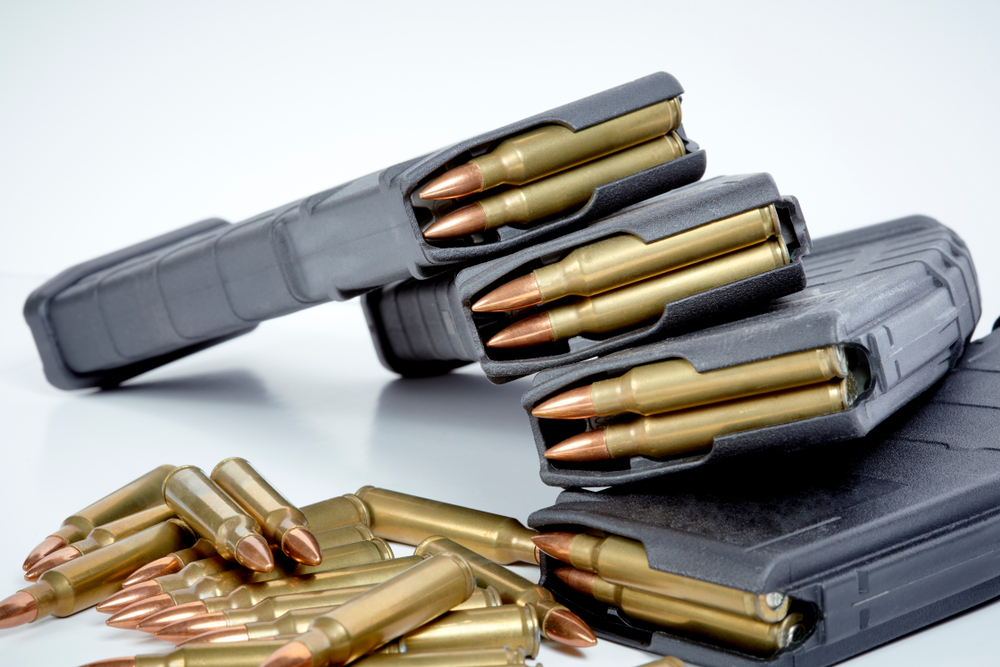
Magazines are consumable items, not lifetime purchases. Even the best magazines will eventually wear out with use. Here's why you should stock up:
- Range Convenience: Loading magazines at home saves range time and money.
- Training Efficiency: Having multiple magazines allows for more realistic reload drills.
- Rotation System: Designate some magazines for hard training use and keep others in better condition for defense.
- Legal Concerns: Magazine restrictions can change over time and so it makes future purchases difficult or impossible.
A recent NSSF survey revealed that standard capacity magazines (those holding more than 10 rounds) are now the national norm, with hundreds of millions in circulation among law-abiding citizens.
Accessories to Customize and Improve Magazine Performance
Labeling Your Magazines
If you use different ammunition types in your AR, like 5.56 NATO and .300 Blackout, proper magazine marking is crucial for safety. These two cartridges look similar, but firing .300 BLK in a 5.56 rifle can be catastrophic.
Simple methods include:
- Colored duct tape around the bottom
- RIT fabric dye for polymer magazines
- Paint markers or permanent markers
- Colored magazine base plates
Baseplate Extensions
Want a few extra rounds without buying a completely different magazine? Baseplate extensions replace the standard floor plate on your magazine to add capacity:
- Taran Tactical baseplates typically add 2–5 rounds, depending on your magazine and spring configuration.
- Extensions can make it easier to seat a full magazine on a closed bolt
- They also provide extra gripping surface for pulling magazines from pouches
Magazine Couplers
Magazine couplers join two magazines together and so it allows for faster reloads:
- Lancer Systems makes couplers specifically for their AWM magazines
- Magpul offers their MagLink coupler for PMAGs
- Couplers add bulk but can reduce reload times
Ranger Plates & Pull Tabs
Replacing your magazine's baseplate with a ranger plate gives you:
- Better grip for extracting stuck magazines
- A more stable platform when using your magazine as a monopod
- Enhanced control during administrative handling
- Magpul's Ranger Plates are among the most popular options
Mag Storage, Care, and Replacement
Taking care of your magazines extends their service life:
- With metal mags, storing baseplate-down helps reduce feed lip stress. PMAGs and similar polymer mags are more resilient, especially when using dust covers.
- For long-term storage, consider keeping some magazines unloaded
- Keep magazines away from harsh chemicals that might degrade polymer
- Clean magazines occasionally, especially if they've been exposed to dirt or sand
- Use magazine dust covers when appropriate
Know when it's time to retire a magazine:
- Visible cracks or severe dents
- Consistent feeding problems
- Damaged or bent feed lips
- Failure to lock back the bolt consistently
Final Thoughts
Your AR-15 is only as good as the magazine feeding it. Even a $3,000 custom rifle becomes useless with a bad magazine. Don't skimp here.
For most users, a mix of magazine types makes sense:
- Lancer AWMs or Magpul PMAGs for everyday use
- A drum or extended magazine for range fun
- Some 10 or 20-round options for bench or prone shooting
- Properly labeled magazines for different ammunition types
Remember that magazines are consumable items. Buy them when they're available and affordable, test them thoroughly, and maintain them properly. A good stock of quality magazines will serve you well for years to come.
The AR-15 offers a wide variety of magazine options to fit any purpose, from compact 10-rounders to extended 60-round drums. Once you’ve chosen the right style, the next step is deciding how many to own and carry. Our article on how many mags you should carry offers practical guidance for both civilian use and defensive planning.
Frequently Asked Questions (FAQs)
Are 10-round PMAGs legal in all states?
Yes. 10-round magazines are currently legal in all 50 states, including those with the strictest magazine capacity restrictions.
Can I use .300 BLK in a 5.56 magazine?
Yes, .300 Blackout rounds fit in standard 5.56 magazines—but you must label them clearly and store separately to prevent accidentally chambering a .300 BLK round in a 5.56 rifle, which can be extremely dangerous.
How many AR magazines should I own?
For casual shooting, 6-8 magazines is a good starting point. For serious training or competition, 12+ gives you plenty of rotation.
What's the safest way to store loaded mags?
Store loaded magazines vertically, baseplate down, in a cool, dry place away from direct sunlight.
Do drum mags jam more than regular mags?
Low-quality drum magazines often have reliability issues. Quality options like the Magpul D-60 can be very reliable but still aren't quite as foolproof as standard magazines.
Can I rebuild a damaged magazine?
Many magazines can be disassembled and repaired with replacement parts, but if the feed lips or magazine body is damaged, replacement is usually the better option.
About the author:
This article comes from the Pro Armory writing team. We are a group of folks who eat, sleep, and breathe firearms. Our crew includes former military members, range instructors, and everyday gun owners who've spent countless hours testing gear and teaching classes.
Disclaimer: Always check your local laws regarding magazine capacity restrictions before purchasing. The information in this article is for educational purposes only and does not constitute legal advice.



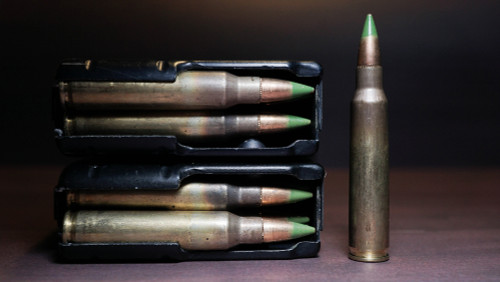
 Pro Armory Editorial Team
Pro Armory Editorial Team

